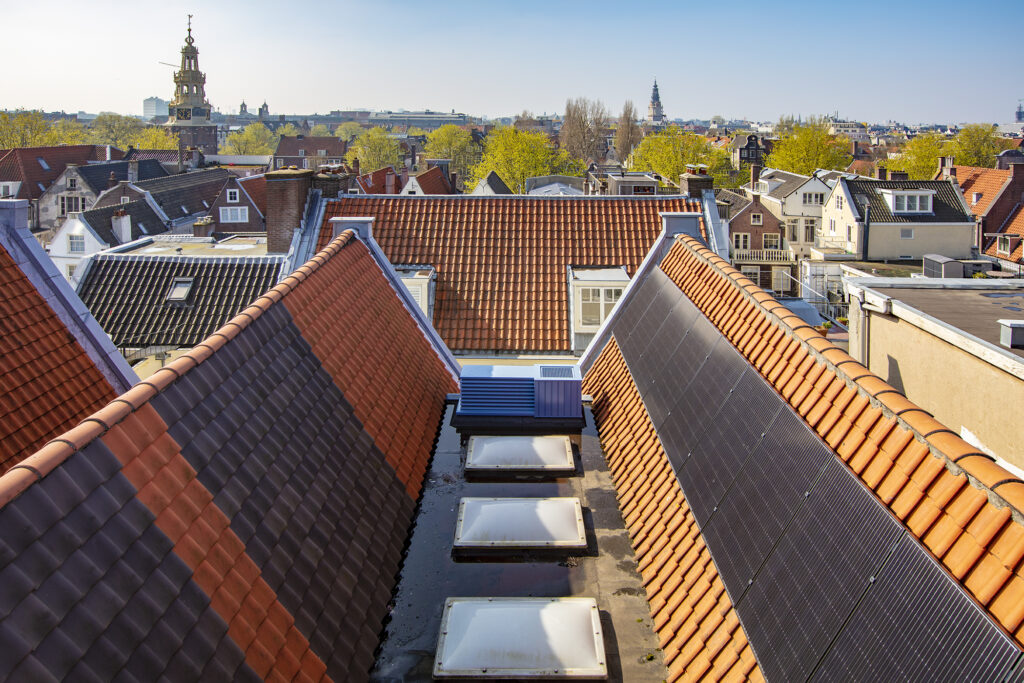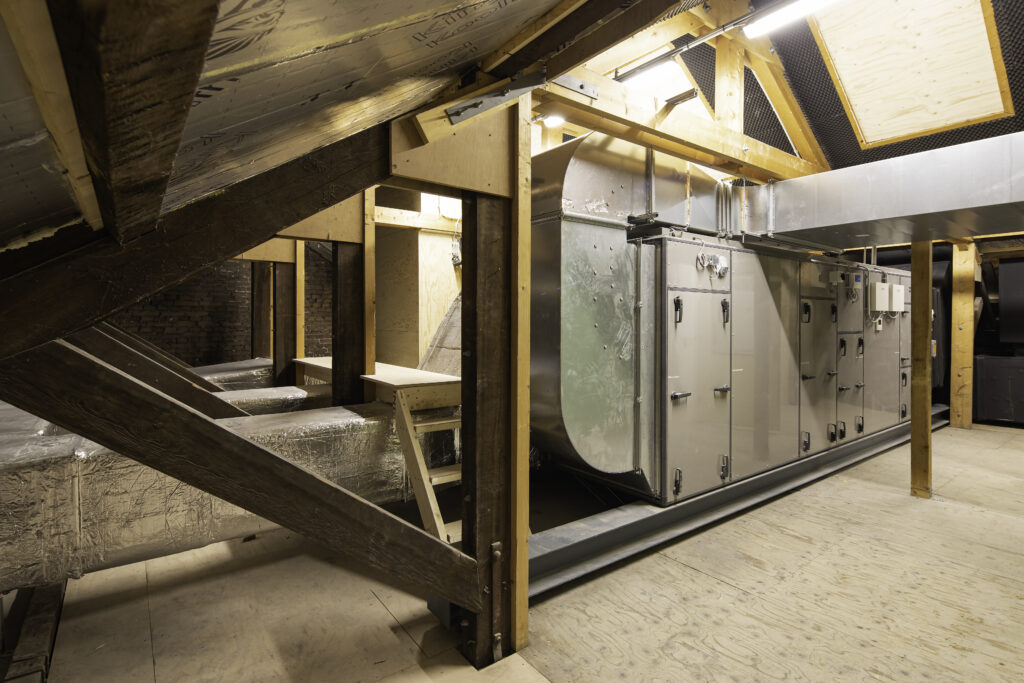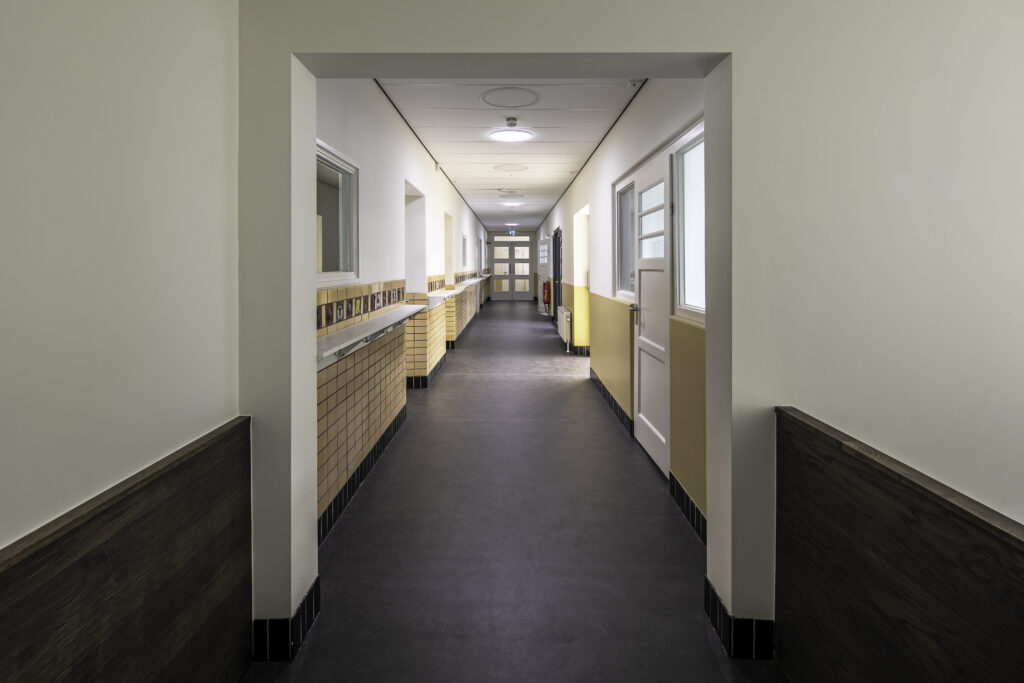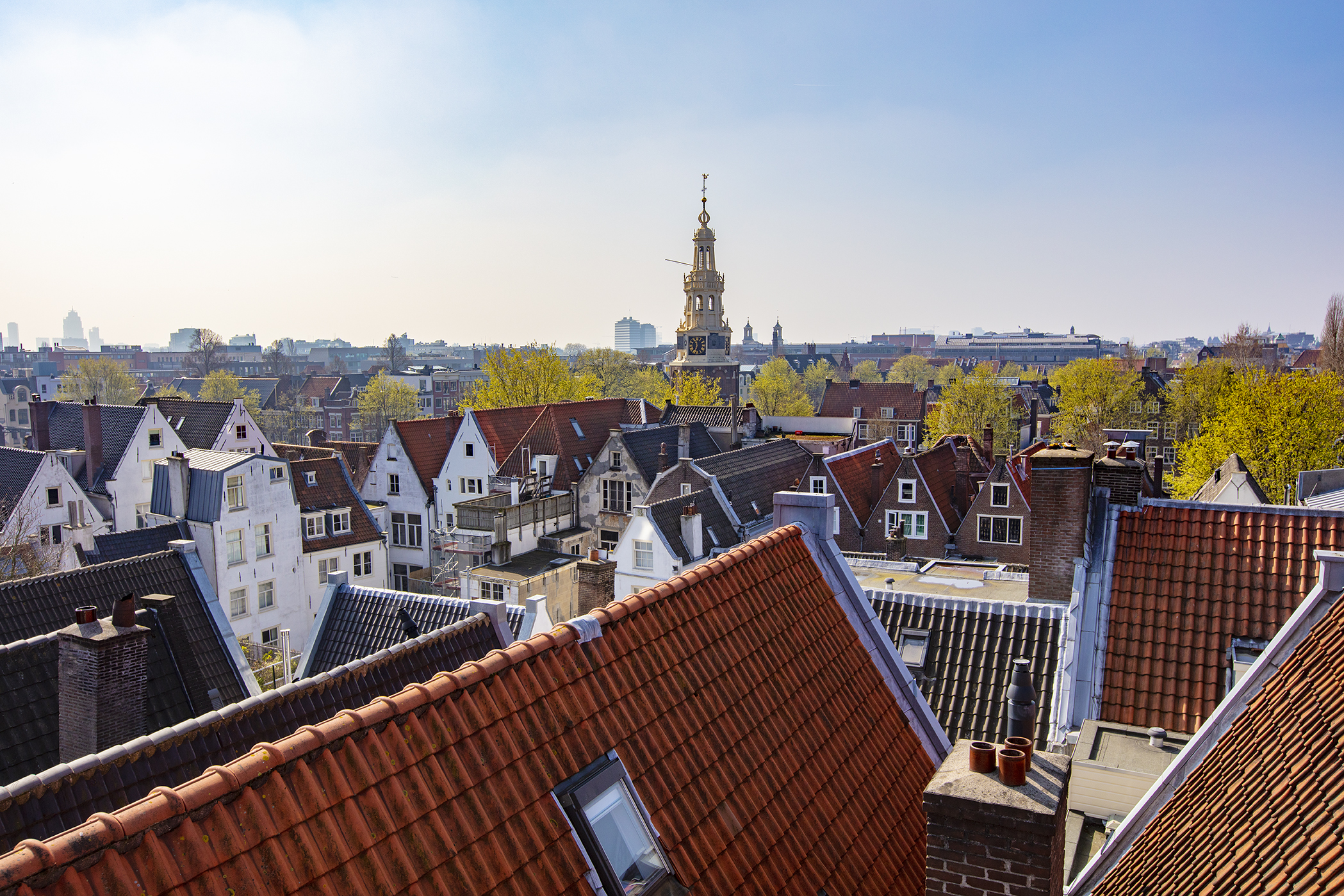By renovating existing buildings, you can retain the ‘charm of the past’ but with the ‘sustainability requirements of today’. Transforming existing properties into energy-efficient, comfortable spaces not only helps the environment, but also the users of these buildings. In this article, we discuss the value of sustainable renovation, explain how we approach it and give two practical examples we are proud of.
Why sustainable renovation?
Old buildings often have historical and cultural value that we want to preserve. However, those (listed) buildings were not designed to the sustainability standards we have today, which means they have high energy consumption, little comfort and sometimes contain harmful materials.
By renovating sustainably, we can adapt these existing buildings without compromising their character. It improves energy efficiency, extends the life of the building and reduces the ecological footprint by reusing existing materials or using natural materials. Moreover, you can better prepare buildings for the changing climate, such as hotter days and heavier rainfall.
In addition, making old buildings more sustainable helps meet modern requirements and regulations such as reducing CO2 emissions and obtaining energy performance labels. Not only is it good for the environment, but it can also bring economic benefits, such as lower energy costs and higher property values.

Approach to sustainable renovation
Renovating old buildings requires a well-thought-out plan, taking various factors into account. For example, the building may have a protected status, which limits renovation options. Often, the building also remains in use during renovation or the property is located in a difficult to access location, for example in the city centre. Finally, you may also encounter surprises during renovation, such as harmful materials or structural defects.
Fortunately, at Pleijsier Vastgoed Verduurzaming, we have all the knowledge and expertise to relieve our customers of all their worries throughout the sustainability process. In our renovation projects, we have four focal points for this:
1. Analysis and planning
Before renovation begins, we make a comprehensive analysis of the building. We assess the current state of the structure, energy consumption and any environmental impact. Then we make a renovation plan, which takes into account both cultural-historical value and future-proofing.
2. Preservation and reuse
An important part of sustainable renovation is preserving existing elements, such as facades and characteristic details. By reusing and restoring materials, we not only preserve the historical value of the building, but also reduce the impact of new materials.
3. Insulation and energy efficiency
To make old buildings energy efficient, good insulation is indispensable. This can be done with bio-based insulation materials, such as sheep’s wool, and the installation of partition walls. Replacing single glazing with insulating glazing or applying secondary glazing and installing solar panels also contribute to energy efficiency.
4. Installation of sustainable systems
Installing energy-efficient systems, such as LED lighting, hybrid heat pumps and ventilation systems with heat recovery (HRV), helps to drastically reduce energy consumption. We also try to collect rainwater with so-called retention roofs so that we can reuse it.

Examples of sustainable renovation
By renovating existing buildings, we contribute to a future-proof real estate sector. We are proud of that, in particular when we look at two of our renovation projects:
Central training and education location Amsterdam
When renovating a training and education location of the City of Amsterdam, we upgraded a national monument of about 1,700 m² from energy label F to A+. Key measures included the installation of draught and gap sealing, secondary glazing and partition walls with bio-based insulation material such as sheep’s wool. We also installed retention roofs to collect rainwater and an all-electric heat pump to replace the gas supply. These measures resulted in energy savings of 44%, while preserving the monumental character of the building.

Theo Thijssenschool, Amsterdam
Another great project is the renovation of the Theo Thijssenschool in Amsterdam, a municipal and national monument covering some 3,400 m². The school was adapted to modern sustainability requirements, with the energy label going from G to A+. Rearranging classrooms, replacing plastic window frames with wooden ones, and installing insulating glazing were some of the measures. But we also insulated the floors and sloping roofs, for example, and installed sun shading. Solar panels and a hybrid heat pump system were also installed. As a nice bonus, we created a natural playground that also retains rainwater. This is important in view of climate change, but is also instructive.

Conclusion
Sustainable renovation of old buildings is important to preserve historic structures while meeting new requirements for energy efficiency and environmental responsibility. With innovative techniques and sustainable materials, we can extend the life of these buildings and increase their value. Our goal? Finding the right balance between modernisation and preservation, resulting in a building that is both sustainable and culturally valuable.

